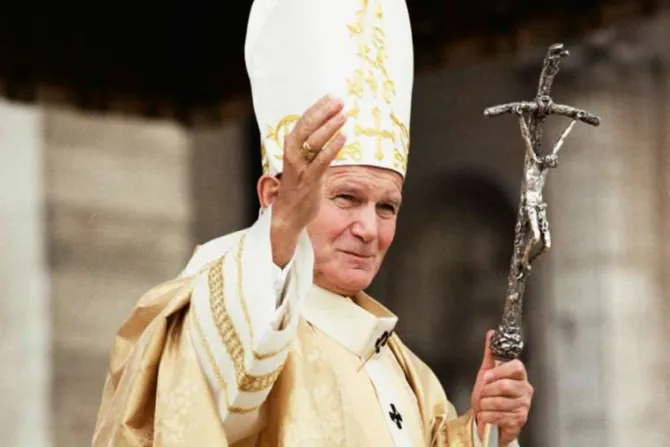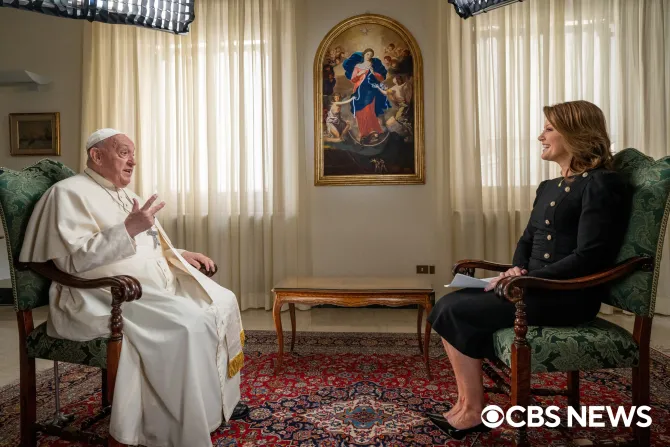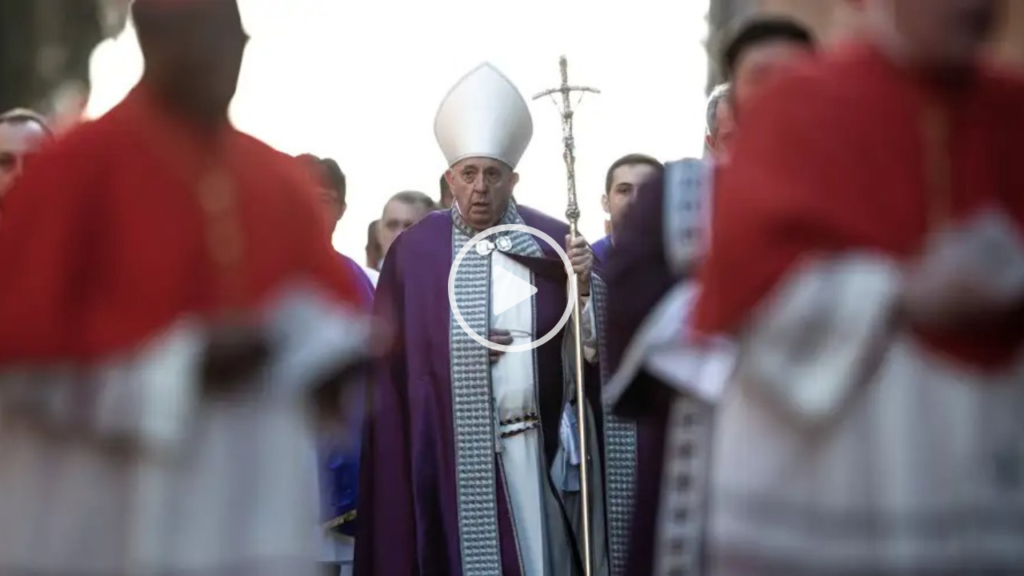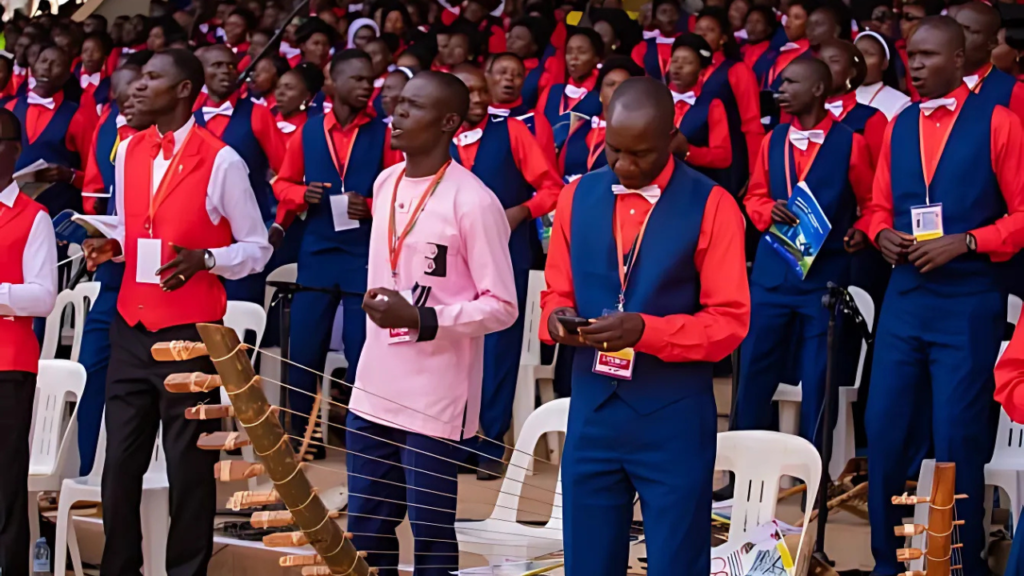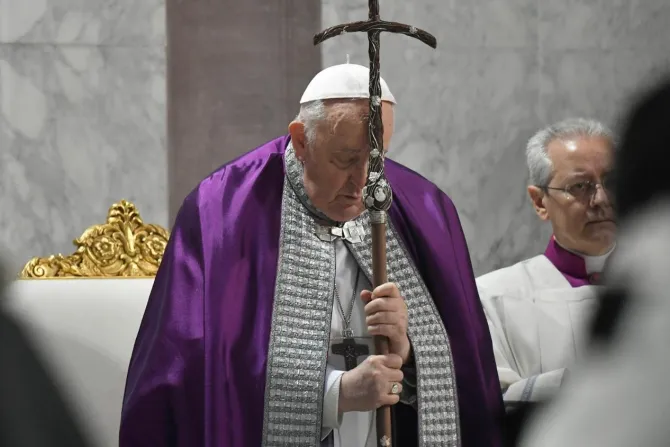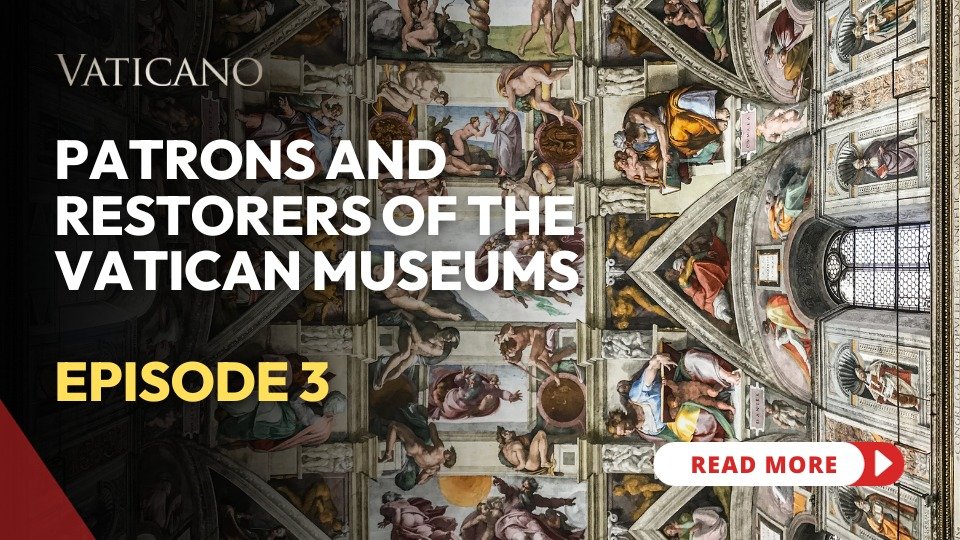On May 18, 1920, 103 years ago, Karol Wojtyla was born in the small town of Wadowice (Poland), who would become Pope Saint John Paul II in October 1978.
The future pontiff was born to Karol Wojtyla, a non-commissioned officer in the Polish army who died in 1941, and Emilia Kaczorowska, who died on April 13, 1929, when the future pontiff was only eight years old.
He was the youngest of three siblings. The oldest was Edmund who died in 1932. Then there was his older sister Olga, who Karol never met as she died only 16 hours after she born.
A difficult pregnancy
In the book “Emilia and Karol Wojtyla: Parents of Saint John Paul II,” author Milena Kindziuk recounts how Emilia dealt with depression following a complicated pregnancy and Jan Moskala’s – her first doctor – insistence that she get an abortion.
However, the faith of both parents led them to take “a bold decision that, regardless of everything, their baby was going to be born.” They sought out another doctor, the Jewish Samuel Taub, who confirmed that complications of the pregnancy could result in the mother’s death, but he never suggested an abortion.
Childhood and youth
After losing his mother, Karol received his First Communion at the age of nine and was Confirmation at eighteen. After finishing his studies at Wadowice High School, he enrolled at Jagiellonian University in 1938.
On September 1, 1939, World War II broke out with the Nazi invasion, and occupation, of Poland. The Nazis closed the university. To survive and avoid deportation, young Karol worked between 1940 and 1944 in a quarry and then at the Solvay chemical factory.
In 1942, he felt called to the priesthood and clandestinely attended the formation courses at the major seminary of Krakow, led by Archbishop Adam Stefan Sapieha.
Priesthood and episcopate
Karol Wojtyla was ordained a priest in Krakow on November 1, 1946.
“I carry this day indelibly engraved in my memory,” said the Pope in 1993, because that day “I received the gift of the priesthood of Christ and became a servant of the Eucharist.”
Later, the 26-year-old priest was sent by Cardinal Sapieha to Rome, where in 1948 he obtained a doctorate in Theology with a thesis on the subject of faith in the works of St. John of the Cross. Later that year he returned to Poland.
On July 4, 1958, Pope Pius XII appointed him Auxiliary Bishop of Krakow. He received episcopal consecration on September 28, 1958, in the Cathedral of Wawel (Krakow), at the hands of Archbishop Eugeniusz Baziak.
Pope St. Paul VI appointed him Archbishop of Krakow in 1964, and in June 1967, made him a Cardinal.
He participated in the Second Vatican Council and collaborated in the drafting of the final text of Dignitatis humanae, the decree on religious freedom; and Gaudium et spes, the pastoral constitution on the Church in the modern world.
Pontificate of Saint John Paul II
On September 28, 1978, Pope John Paul I (after only 33 days in the Petrine Office) died; all the cardinals were summoned to Rome, including Cardinal Karol Wojtyla, then Archbishop of Krakow.
On October 14, ten days after the funeral of the late Holy Father, the bishops gathered in the Sistine Chapel to begin the conclave that lasted two days. After eight ballots, Cardinal Wojtyla was elected and took the name John Paul II.
With his election, a tradition of four and a half centuries of Italian pontiffs was broken.
The pontificate of St. John Paul II lasted 26 years and five months, the third-longest in history. During that time, he made 104 apostolic trips around the world, which earned him the epithet of the “pilgrim Pope.”
Among the events that occurred during his pontificate were the assassination attempts he survived on May 13, 1981, and May 12, 1982. The first, committed by the Turkish Mehmet Ali Agca, strengthened his devotion to Our Lady of Fatima.
Likewise, his work to achieve the fall of communism in Europe, with the disappearance of the Soviet Union, and his defense of the unborn and the family stand out.
Pope John Paul II died on April 2, 2005. He was beatified by his predecessor Benedict XVI on May 1, 2011, and canonized by Pope Francis on April 27, 2014.

